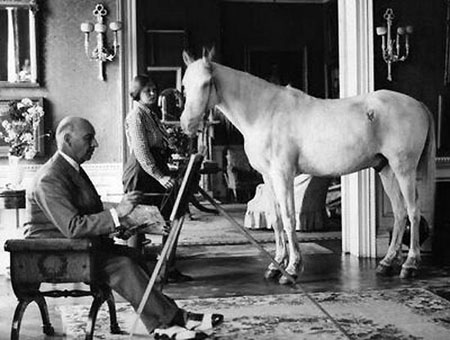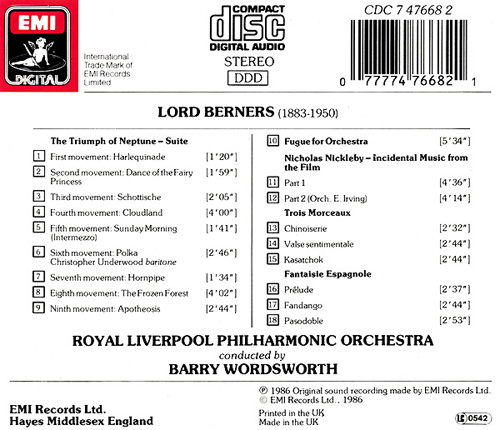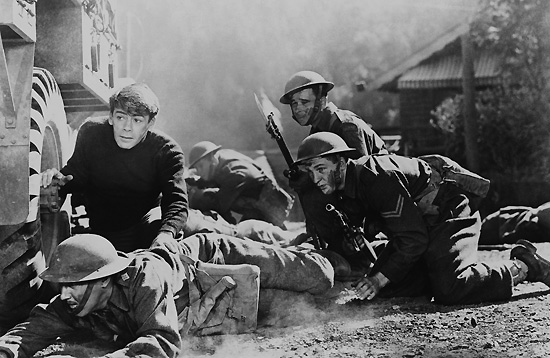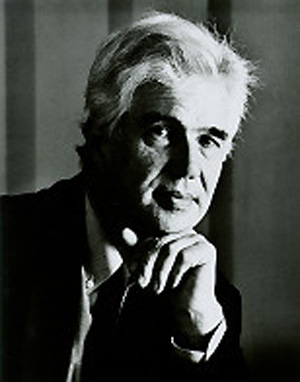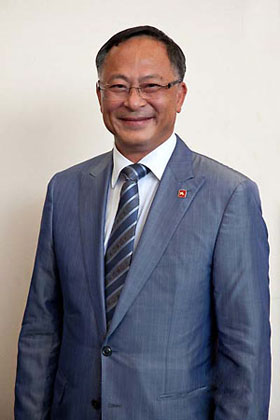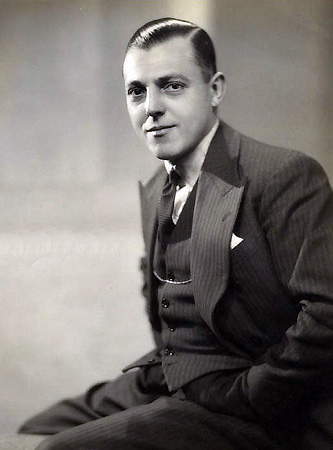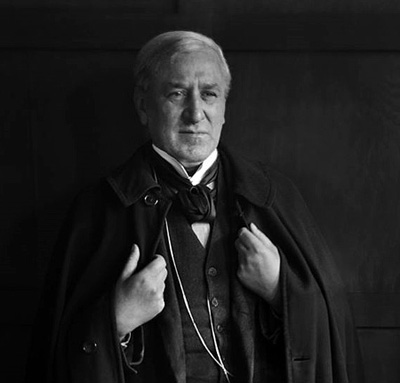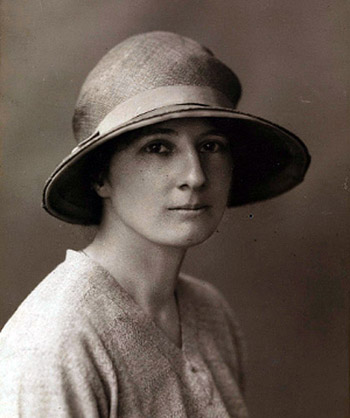No.1315
Modern: Tonal/Contemporary
Born in London in 1951, Philip Sawyers studied violin with Colin Sauer, Joan Spencer and Max Rostal, and composition
with Helen Glatz (a pupil of Vaughan Williams and Bartok), with guidance from Buxton Orr, Patric Standford and Edmund Rubbra.
Between 1973-1997he was a member of the Royal Opera House Orchestra, Covent Garden. He now works as a violinist,
composer, and teacher. Sawyers notes: "The three works on this disc are related by a quirk of fate. In 2002 I was invited by
David Lockington to submit a piece for possible performance opportunities. That work, the Symphonic Music for Strings
and Brass, was duly performed and widely appreciated. Its success led to a commission for a piece to celebrate in the
75th anniversary in 2005 of the Grand Rapids Symphony, my Symphony No.1."

Music Composed by Philip Sawyers
Played by The Grand Rapids Symphony
Conducted by David Lockington
"Sawyers is an important composer who has not shied away from the vital twelve-tone technique that held music in thrall
through much of the twentieth century. Yet, like Berg he is not a slave to any particular compositional technique or method
of construction. I was delighted to receive this present CD in the post and regard it as a pleasure and a privilege to review
these three works. I hold my hand up and admit that I am an enthusiast of �twelve-tone music�. Ever since hearing Berg�s
Violin Concerto as part of school studies I have enjoyed and appreciated this approach to musical composition. Searle,
Lutyens and Wellesz count amongst my favourite British composers: I guess that it acts as a corrective to my pastoral
leanings exemplified by Finzi, Butterworth and RVW.
For listeners who require information about Philip Sawyers there is an excellent website giving extensive biographical
details as well as details of his music and forthcoming events. However, a few key points may help to define his life and
career. Sawyers was born in London in 1951 and began composing in the early 1960s. He had formal lessons in violin
from Colin Sauer, Joan Spencer and Max Rostal. Compositional skills were developed by Helen Glatz who was a one-time
pupil of Ralph Vaughan Williams. He had additional lessons from Buxton Orr, Patric Standford and Edmund Rubbra.
Much of Sawyer�s career has been away from the composer�s desk: between 1973 and 1997 he was a member of the
Royal Opera House Orchestra at Covent Garden. Although he is now dedicated to writing music, he also performs as a
free-lance violinist, music teacher and adjudicator for the Associated Board of the Royal Schools of Music. It is only in
the past two decades that Sawyers has begun to be regarded as a major composer. Philip Sawyers' musical language
is characterised by the highly creative use of tone-rows, a subtle balance of tonality and atonality, excellent orchestral
colouring, rigorous development of his musical material and a general confidence that transcends much that passes for
�contemporary music�. A new Nimbus recording of his Second Symphony, cello concerto and Concertante has been
reviewed on these pages recently, and I will be adding my thoughts shortly - I was seriously impressed with all
three works.
I was bowled over by �concert overture� The Gale of Life. This work was conceived shortly after the first performance
of Sawyers� First Symphony. More about that work later, but it is important to note that the dynamic scherzo of the
Symphony was the inspiration for this overture. The work was commissioned by the Albany Symphony Orchestra which
is based in New York State. The title of the overture is derived from the well-known poem by A.E. Housman
�On Wenlock Edge�:-
'There, like the wind through the woods in riot,
Through him the gale of life blew high;
The tree of man was never quiet:
Then 'twas the Roman, now 'tis I.�
This work is also closely related to the Symphony in so far as the opening chords are a direct quotation from the finale
of that earlier work. The form and the orchestration of this overture admirably reflects the sentiment of the �unsettling
and disturbing� words of Housman�s great poem. This is powerful music that evokes Sawyers� trademark balance of
juxtaposing �quite traditional chords and a highly chromatic, freely dissonant harmonic vocabulary.�
The earliest work here is the Symphonic Music for Strings and Brass which was composed in 1972 whilst Sawyers was
studying at the Guildhall School of Music. It was first performed at that time with the composer on the rostrum. In the
early 'seventies, musical experiments were all the rage � Boulez�s �integral serialism�, aleatory procedures, electronic
music and novel instrumental playing techniques were all regularly utilised. Sawyers writes that he wished to compose
something modern that broke �from traditional tonality without throwing it overboard�. He was also interested in writing
an absolute work, free of �programmatic overtones�. The composer notes influences from Bart�k, Mahler and Hindemith.
He has synthesised these affinities and has created a confident work that is both lyrical and powerful in its exposition.
There is a good balance between intense string writing, Mahlerian brass interruptions and reflective moments such as
that with which the work closes. It is hard to believe that this complex, well-constructed, and often moving work is
that of a 21 year old student.
The Symphony No. 1 is an impressive work. Sawyers notes that the methodology of symphonic writing is more conducive
to him than that of a �rhapsodically or programmatically� derived subject. In the early years of the 21st century he
was given a commission to write a symphony for the Grand Rapids Symphony Orchestra and their conductor
David Lockington.
The opening movement of this work is based on a �12-note� row which is manipulated in both lyrical development and a
�more driven fugal section�. Nick Barnard, in his review has noted that the serial nature of this work is not an abandonment
of tonality as such, but is an effective structural device. The overall effect of this opening movement is of a long,
dramatic march with some terrific outbursts and a few pauses for reflection.
The second movement, an adagio, is the longest movement of the symphony. It begins and ends in a �pure D major�.
The composer states that he had �in mind� to write an adagio as found in the symphonies of Bruckner and Mahler.
Add to this some nods to Sibelius and Wagner and we have a deeply introspective movement that explores a huge
emotional canvas. This must rank as one of the great �adagios� in modern symphonic literature.
The scherzo and trio movement is in �traditional form� and showcases the superb technique and virtuosity of the orchestra.
It fairly zips along presenting dazzling passages and tunes toppling over each other without ever becoming na�ve or
inconsistent with the profound music that has preceded it. Rhythmic diversity gives considerable punch to the proceedings
with just a little frisson of the �sinister� creeping in here and there.
The finale is once again structured on a tone-row which balances two thematic groups � the first, some disconcerted,
edgy music and the second, a chorale-like tune. The progress of the music is really a dialogue between these two elements
with a few quieter episodes. The work concludes with a stunning peroration, ending on a not altogether unexpected D major
chord.
The liner-notes, written by the composer, are excellent, clear and legible. They include a brief note about the orchestra
and the musical director. The cover picture is taken from Philip Groom�s effective Landscape of Angels 3: it is strange that
I can find no internet reference to this clearly talented artist.
I guess that the present recording was made at the premieres of each of these works. The engineers have � wisely in my
opinion � retained the applause and the odd cough from the auditorium. One cannot help feeling that the skill and the
enthusiasm of the orchestra and their conductor is palpable.
I echo Nick Barnard�s sentiments when he declares that �fortunate indeed [is] the composer whose music receives such
dedicated and well prepared first performances.� This is a fine CD that deserves detailed listening and study."
Musicweb


Source: Nimbus Records CD (My rip)
Formats: mp3(320), DDD Stereo
File Size: 151 MB (incl. covers & booklet)
Download Link (mp3) -
https://mega.nz/#!SmQz2KQB!5T9s7LXIra9WX2klhzKC8jy4NG-FU7xKEJEKnbyANEU
/>
Enjoy! Don't share! Buy the original! Click on "Reputation" button if you downloaded this album! :)



















































